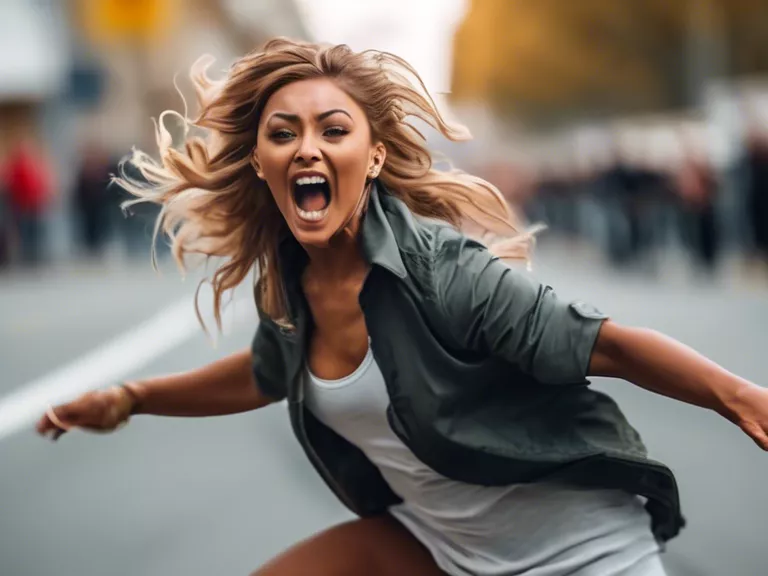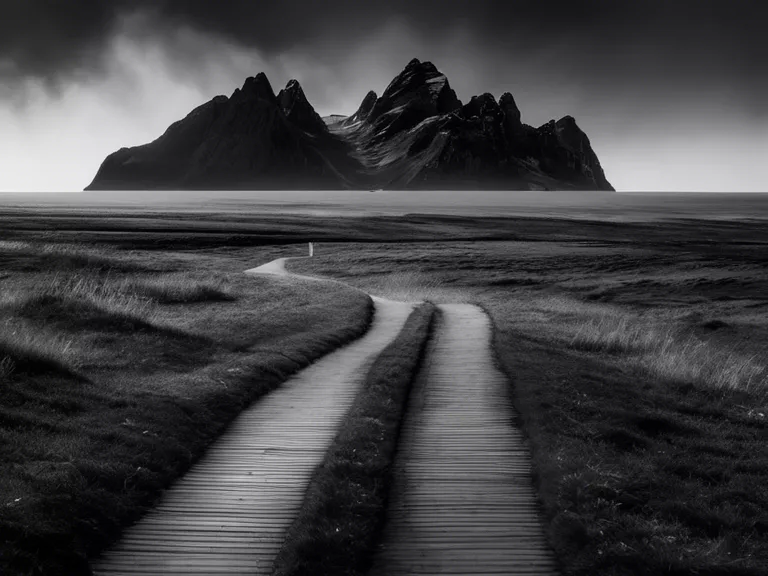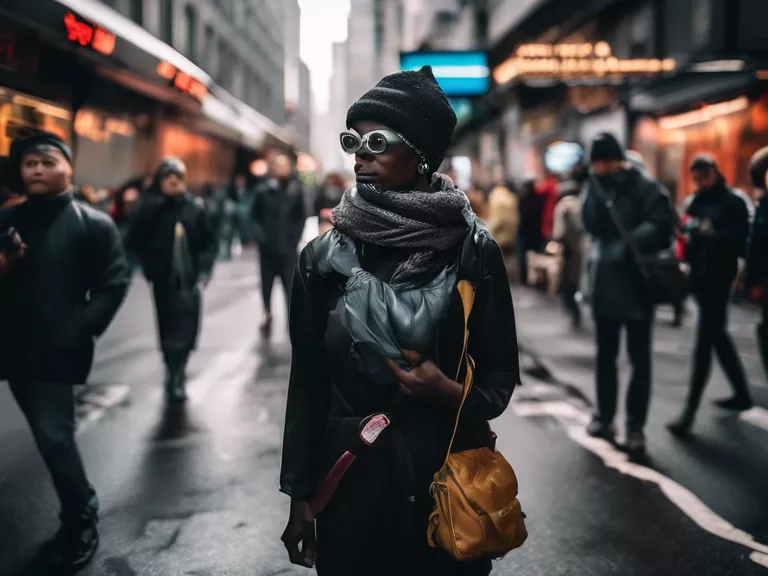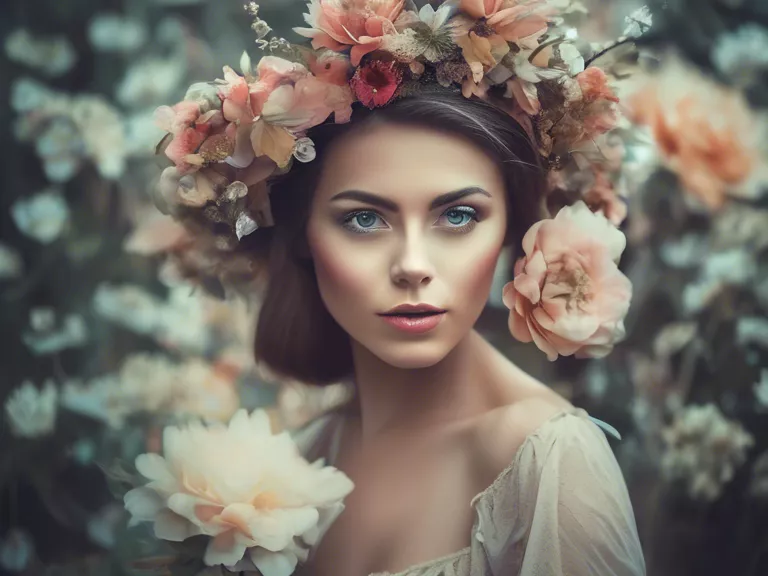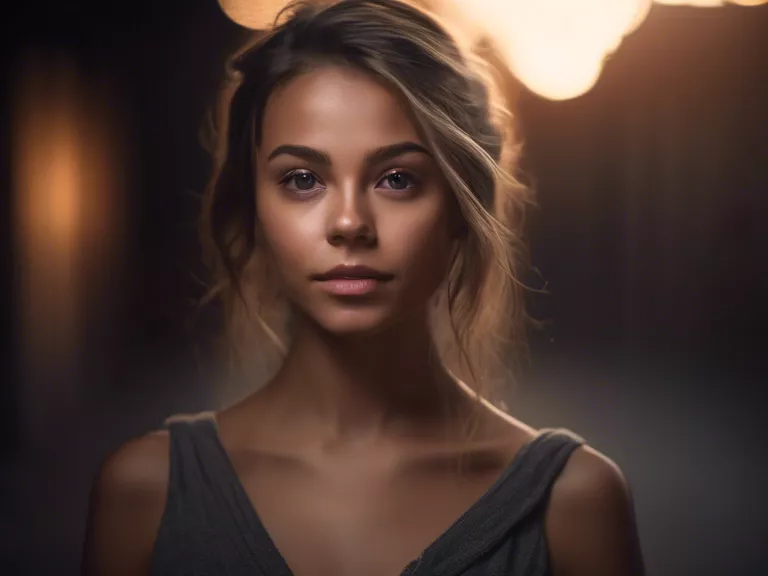
Best Techniques for Achieving Cinematic Lighting in Portraits
When it comes to capturing stunning portraits that look like they are straight out of a movie, getting the lighting just right is key. Cinematic lighting techniques can help to create mood, depth, and drama in your portraits, elevating them to the next level. Whether you are shooting in a studio or outdoors, here are some of the best techniques for achieving cinematic lighting in portraits.
1. Rembrandt Lighting: Named after the famous Dutch painter, Rembrandt lighting is a classic technique that involves creating a triangle of light on one side of the subject's face. This can be achieved by positioning a key light at a 45-degree angle to the subject and slightly above eye level. The result is a dramatic play of light and shadow that adds depth and interest to the portrait.
2. Split Lighting: Split lighting involves dividing the subject's face into equal halves, with one side fully lit and the other in shadow. This technique can create a bold and striking look, perfect for adding a touch of drama to your portraits. To achieve split lighting, position your key light directly to the side of the subject.
3. Low Key Lighting: Low key lighting involves using dark tones and shadows to create a moody and atmospheric portrait. This technique is perfect for creating a sense of mystery or intrigue in your images. To achieve low key lighting, use a single key light positioned at a low angle to the subject, allowing for deep shadows and rich contrast.
4. Backlighting: Backlighting involves positioning the light behind the subject, creating a halo effect around their silhouette. This technique can add a sense of drama and ethereality to your portraits, perfect for creating a dreamy or romantic look. To achieve backlighting, position your key light behind and slightly above the subject.
5. High Key Lighting: High key lighting involves using bright, even light to create a clean and crisp portrait with minimal shadows. This technique is perfect for creating a soft and flattering look, ideal for beauty or fashion portraits. To achieve high key lighting, use multiple light sources positioned around the subject to evenly illuminate their face.
By incorporating these cinematic lighting techniques into your portrait photography, you can elevate your images to a whole new level of artistry. Experiment with different lighting setups and effects to find the style that best suits your vision and subject. With practice and patience, you can master the art of cinematic lighting and create portraits that are truly unforgettable.
